Summer Solstice + Full Moon: Sacred marriages considered
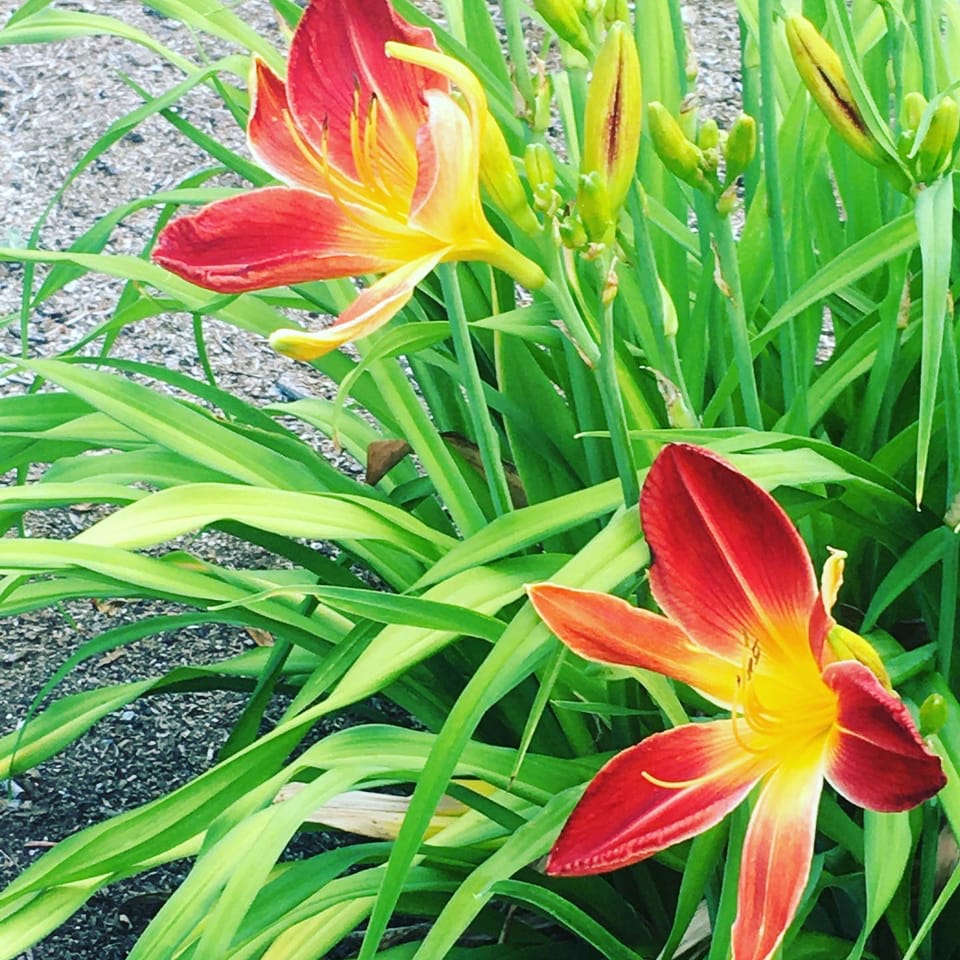
It's Friday, and it's the day right after the longest of the year in this hemisphere. Hello.
My Litha (or Midsummer, depending on your linguistic paradigm) passed both quietly and eventfully. This week my region was struck by a terrible heat wave that started on Tuesday. It never became as catastrophic as I was afraid of, but with heat indices well over 100ºF (37.8ºC) it meant foregoing some of my household's usual holiday practices like performing the new season's welcoming rite outdoors, cooking our dinner (fish or fowl, fish this time) outdoors, or otherwise spending as much time outside in the green as possible. Instead we just stepped into the garden before the Sun got too high, to harvest our seemingly-ready garlic and to take the first herb cuttings of the year[1]; after that and a quick errand we took shelter, kept our rituals inside the house. And yet — even as the day became sleepy and subdued, as evening set in we had a heavy, fierce, sunset-blackening thunderstorm roll in to break the heat. Sheets of rain came down, lightning popped across the horizon, thunder rumbled enough to agitate our cats, and I fretted over the forecast of hail, though hail never happened.
As I may have written before, the solstices are water holidays to me. The other elements are all present in their own ways, but water is the very center. I ask for good snow in December and good rain in June. Last night, although I feared the storm at times, it felt like a mighty moment for the holiday — for such sweltering temperatures to be washed away with the tumultuous fury of Taranis, Thor, Zeus.
And witnessing it last night has left me in a peculiar frame of mind, gazing outdoors at all the life that the storm enriched. I had planned to write today about the mingled fact and fiction of what some call the hieros gamos, the sacred marriage phenomenon intentionally mirrored in various neopagan rituals today. In my own practices, that marriage — which I recognize as belonging to Sun and Moon, human and beast, seed and soil, kings and landscapes — fundamentally takes place on Calan Mai, seven weeks ago, but the outcome starts to be known on Litha as what has been planted begins to clearly bear fruit. This is the time when fertility is made known in the flesh, rather than simply represented in hope.
But in my recovery from the storm, in my watching the world's recovery, in the serenity of this morning, I am grounded very much in that fleshly realm, too immersed in material matters to abstractly philosophize. I ask myself what can be described theoretically about the hieros gamos that hasn't already been said by others. Yes, it is possibly a meaningful descriptor for real rituals that may have existed, or did and do exist, in contexts such as ancient Sumeria, Greece, southern Asia, and beyond; yes, it is also something that's been significantly embellished upon by writers like Frazer and Jung, and so the more modern "sacred marriages" in traditions like Wicca's Great Rite are based a little more on those embellishments than on the original practices. Despite this dichotomy, I don't think I can or want to write something today that pulls fact and fiction apart.
The real facts are the annual fertilization of the earth and the interdependent relationship that humans have to that act. The fiction is whatever stories we need to tell ourselves for better understanding those facts. And it doesn't matter whether the stories concern pieces of the past that are real or imagined; we are telling the stories now because they are the stories we need now. So today I am going to summarize those stories for readers who may be unfamiliar — but after that, I am not going to delve into the scholarly debates surrounding what is true or false. Instead, I have a vision for carrying the stories out of the past and into the future.
Please be warned in advance about some discussion of sexual violence.
Hieros gamos, as rumored
Hieros gamos is the transliteration of a Greek phrase (ἱερός γάμος), where hieros means "sacred" in all its senses of holiness, consecration, connection to the divine, and where gamos means "marriage" both as an isolated act of wedding and a continual state of matrimony. In scholarship surrounding ancient Greece, this phrase can be applied to an array of possible phenomena in mythology and historical documents:
- The marriage of divine beings in a mythic narrative
- The sexual union of a divine being and a mortal being, again in myth
- The literal or symbolic reenactment (by real humans) of either of the above possibilities
The third situation is the most relevant to contemporary neopagans, but there are only a handful of clear examples of the Greeks performing such rituals. We do have records, for instance, that once a year in ancient Athens the queen of the city would apparently have ritual sex with either the high priest of Dionysos, or with her husband the king — either man representing the god in that moment. But for stories like the sacred marriage of Zeus and Hera, the fertility narrative of Iasion coupling with Demeter, or numerous other divine/divine and divine/mortal pairings in Greek myth, so far these days no one has turned up documentation that any ancient Greeks had rituals to deliberately mimic most of those things.
Again, I am not trying to pull fact and fiction apart here, so although I note the spotty evidence, I offer no judgments on what really did or didn't happen. Rather, I bring up the scant Greek records because of how despite the Greek language choice, hieros gamos is in my experience studied less closely in a Greek context than a Sumerian one.
Inanna. Ishtar to her later Akkadian, Babylonian, and Assyrian worshipers. Queen of heaven, bringer of war, but also lady of love and guardian of fertility. Mesopotamian traditions are far from my specialty, but I understand why Inanna has fascinated modern-day ritualists for generations, which may or may not overlap with why her active cult endured for millennia. The stories I do know about her are thrilling, both as raw narratives and as tantalizing hints of a very old culture where the role of women may have been substantially more empowered than — or at least startlingly different from — the oppressively patriarchal norms that would come to dominate all Mediterranean coastlines, the continents beyond, and ultimately the world.[2]
And one story that people especially love to tell about Inanna these days is about her priestesses. Supposedly, the high priestess at Inanna's temple in Uruk would annually have ritual sex with a man of her choosing; in the moments of their union, the priestess would embody Inanna and the man would embody her equally divine but lesser consort Dumuzid, with implications for the fertility of the surrounding landscape. Sometimes it's clarified that the man of her choosing was also specifically a king obliged to fulfill this duty as part of his office.
All of this may or may not have really happened. It might be that the sex was only symbolically represented by a less carnal activity. It might be that the recorded practice was only described as propaganda for the kings themselves. And even taking everything at face value, the case of Inanna's priestesses is also alternately or simultaneously interpreted by some scholars as a matter of "sacred prostitution,"[3] not marriage (or not just marriage) — which on the one hand has been an invigorating boon for both contemporary sex workers and fetishistic Crowley-likes, and on the other hand enters blurry consent discourse where other "temple prostitutes" are sometimes found for deities of other pantheons. Sometimes a sexually available priest(ess) is the one with power, and sometimes they're only a slave owned by higher figures at the temple. Who can even say nowadays whether Inanna's priestesses were meaningfully choosing to go through with whatever sexual rites they performed?
But no matter what questions we can ask along such lines, this tale of Inanna's priestesses took hold in the 20th century imagination during the latter days of the European esoteric tradition that enabled the birth of Wicca and the modern neopagan, satanist, and New Age movements. Such occultists loved to mine the "near" and "far" east alike for inspiring material, which has never really stopped and unfortunately remains bound up in colonial problems; however, looking back to the pre-Christian past in Europe itself, parallels were also found such as the apparent sovereignty goddesses of Irish and potentially broader Celtic tradition.
Historically grounded or not, a pair of mated archetypes arose that have stayed with us from the 20th to the 21st centuries: a person (usually a woman) who ritually embodies the divine and/or the landscape, and a person (usually a man) in a mortal leadership role who ritually must engage with the first person on some sexual level, in order to ensure fertility for that same land and by extension to retain their right to rule over that land. Enough people in recent generations have placed stock in these archetypes that the Great Rite in Wicca (whether of priestess and priest literally coupling, or simply placing the symbolic blade in the symbolic chalice) would not have been devised without them in mind, and parallel rites and imagery have followed throughout other contemporary ritualist frameworks or evocative art.
Although the precise, direct details of my sex magic practices are occult (hidden to the uninitiated), I need make no secret of how those practices are integrated with seasonal cycles and that a sacred marriage event is involved. Perhaps arguably it's involved as more than just one event, but as a perpetually renewed status between my owner and I. In what we do, the inspiration is not so much the supposed rites in the cult of Inanna as it is the Celtic sovereignty goddesses; and then for a further twist, from one angle it's my male owner who embodies the divine and the earth more than I do, and from another angle we embody those things equally-but-differently. Nonetheless, the hieros gamos is foundational to my cosmology and I acknowledge a conceptual debt to past practitioners and scholars for awakening me to it, even if we would not all agree on how far back in time the ritual is really anchored.
Nonconsensual land ties
Some people may not mind whether the hieros gamos is as ancient as others claim; a contemporary practice can carry as much value as an old one. That is certainly one reason I think I can remain so comfortably agnostic on the matter. There is a worthier objection to the hieros gamos that can be raised instead, and has been: that the way a sacred marriage is most usually discussed today relies on an objectifying, fetishizing treatment of the female party, who becomes a being for the male party to conquest as part of earning his kingship.
But while much surrounding discourse around the hieros gamos desperately needs queering and inverting, that discourse should not be mistaken for the basic narrative in question. And to me, the more that I have engaged ritually and intellectually with sacred marriage narratives, I find their fundamental power to lie in how they present a periodically renewed, consensually negotiated animist relationship between the human and the more-than-human, between what we conceive of as "us" and the earth. This contrasts sharply with the entropic, extractive view that permeates Western (and all imperialist) societies, which is that human sovereignty over the earth is a foregone conclusion. Likewise that male dominion over women is also somehow self-evident.
If we cannot definitively show any one example of a culture where the hieros gamos as we currently imagine it has existed, we at least have a plethora of past and present indigenous groups and animist traditions where a negotiated, renewable relationship to the earth is ritually enacted — the same grammar as the hieros gamos if not the actual same content. People who have lived with such rituals have generally abided by laws, good laws, that stop them from destroying their environments, at least until the instant those laws are forgotten. In the best cases some peoples have managed to maintain these land relations for tens of thousands of years.
Obviously the current state of affairs wrought by imperial-capitalist authorities is a state of forgetting. For myself and anyone reading this, we do not live in a culture where people reverently marry the earth, or anyone lucky enough to do so is inherently under threat from a culture where like this one; this one is the culture of not even forced marriage but rather of outright enslaving or, yes, raping the earth.
I struggled to write that phrase, but not because I agree with people who criticize that metaphor. "Only a person can be raped," they say, "so don't trivialize their trauma by using 'rape' as an analogy" — well, I am a sexual trauma survivor, and whatever my gender is doing I've always fallen into the collection of genders whose members are at a higher risk of being raped, not the one (1) gender whose members are most likely to rape. I don't believe this distinction gives me some legitimacy to speak monolithically for all in my position, but I raise my experience so as to push back against those who speak the same way to make an opposite argument. Actually, I think that "rape" is no less appropriate an analogy than "murder," and sometimes even a better one, for extractive behaviors toward the earth; for the underlying psychology there is the same as a rapist's, namely a denial of the agency, subjectivity, or animacy of the victim. Not everyone has to feel comfortable with the comparison, but I do.
And so I struggled to write raping the earth because I felt the pain of it down to my bones. Some heightened awareness over the last year has made me quicker to both grief and anger about fellow humans' — more fully colonized humans' — inability to take other beings into account. I've started to cry, or come close to it, or simply burn with adrenaline, when I pass by woodland or other micro-ecosystems shredded for development. It should go without saying in the Gregorian year 2024 that we do not need more houses in this country; there is an excess of them, and people who cannot afford them simply need to be given access. Never mind the heinousness of killing a forest for a new openly commercial or industrial endeavor.
I'm struck by the same emotions when I see animals lying in the road, killed by cars; the morality of cars itself is a separate matter that I have complex opinions about, but I just cannot fathom why people don't stop or swerve to avoid living things crossing their car's path. So many cases of the dead animals I find are creatures large enough — racoons, groundhogs, beavers, skunks, turkeys — where if you actually pay attention to the road you will usually see them in time to do something about it. Even some of the faster animals with reputations for jumping on the road at the last second would still be struck far less if a lot of people drove more attentively.
But I don't raise my pain because I think it makes me a better person than others. I have grown much more sensitive to all of this than I used to be, even a few years ago when I was already experiencing devastating eco-grief; and I am experiencing this change in my emotional spectrum alongside, I'm sure, millions of other humans. These feelings come to all of us at neighborhood deforestation, at animal traffic deaths — at passing polluted lakes and rivers, at footage of animals starving due to ecological disruptions, at learning about another oil drilling or pipeline contract, at seeing the temperature forecast always hovering several degrees higher than it ought to be, at receiving yet another emergency text alert about flooding or hurricanes or wildfires.
We are in this pain, we are reverberating with the earth's pain. We are hurting together. There are only a few of us who bear full responsibility for treating the earth so callously. And our kings are illegitimate, not only because they don't have our permission, but because they don't have the earth's.
A healing union
Undoing the damage of capitalism, industrialism, colonialism, and everything else rolled into the great dung ball — this will take centuries, whether the initial damage stops through human effort or through collapsing ecosystems necessarily disabling the machinery of extraction by the most cataclysmic means possible. The climate tipping points we're reaching or surpassing will create adverse conditions for some hundreds of years, and it will also take hundreds of years to restore lost keystone species and regenerate the abundance and diversity that will continue to plummet for a while before there's even a chance of bouncing back. I've heard Tyson Yunkaporta and others speak of the coming phase, voluntary or involuntary, as "the thousand-year cleanup."
That's a cheerier notion than "apocalypse," but I do not really view the concepts as distinct. An apocalypse is survivable, yet the term helps to communicate the scope of how many beings will be lost in the process. A thousand-year cleanup at least implies a point in the future where this planet might become paradise again, but the timescale mentioned should emphasize how that paradise simply cannot and will not resemble what we are losing right now.
I continue to mourn that loss. And yet: I think that as we begin our fall down the precipice, at least there are some good things we managed to think of while we still stood at the top, and if we hold tightly to them, perhaps they'll both soften our landing and serve as tools for us to make the cleanup easier.
I feel as if the hieros gamos is one of those possible cushions and possible tools. In the new communities we must start to build today, let there be some hieros gamos rite to ground us in our responsibilities. In the communities our grandchildren's grandchildren may (with some luck) have the chance to build, let the hieros gamos number among their founding operations. Both now and in the time to come, this sacred marriage does not need to be of female priestess and male king — it might be of many configurations, and the "king" ought best be understood as a chosen and temporary representative of the local populace — but it does need to be.
Let us ask the earth's permission again, in whatever language we can devise, new or ancient. And on Midsummers ahead of us, let us gratefully and humbly welcome whatever gifts the earth gives us — knowing that the pledge we made may have been successful this year, but it will always need renewing in the next.
[1] I know that some contemporary witches, pagans, et al. gather herbs on Litha due to a fairly well-supported view that in a few European folk traditions herbs collected at Midsummer have the most medicinal potency, especially plants like St. John's wort that tend to flower around this time — and indeed St. John's wort takes its name from the Feast of St. John the Baptist that has long operated syncretically with older animist solstice rites. Though an herb enthusiast and proto-herbalist myself, I haven't really intentionally gathered herbs on Litha until yesterday, as the practice entered my awareness only a couple years ago and I had to mull it over before trying. I'm starting to read papers to see how much anyone has scientifically analyzed phytochemical potency as a function of daylight levels; starting even just with this it's a lot to digest, however I've already gotten the sense that on the one hand not all herbs benefit from being gathered at identical times of year and day, yet on the other hand the height of summer might often be a reasonable target window.
[2] This phrasing of mine should not be taken as my belief that patriarchy is universally a more recent invention than matriarchy (or than some other gender hierarchy/anarchy). I think patriarchy has been invented at various points and places in prehistory; we cannot and may never identify some "ur-patriarchy" that reared its head and spread ideologically across the globe. However, besides how patriarchy when combined with Christian ideology, Euro-colonialism, capitalism, and white supremacism has formed an exponentially more oppressive version of itself, it's also less-recently probable that Sumeria for a good stretch of its history was not patriarchal in the way we usually discuss such things, and then this unfortunately changed. You can read a good brief dialogue about that here. (Unsurprisingly, David Graeber's scholarship is the focus.)
[3] I prefer to say "sex work" over "prostitution" nine times out of ten, but since the scholarly phrase is "sacred prostitution" I'll abide by it. I will add, though, that I find it strange to distinguish "sacred prostitutes" as such if no monetary transaction really took place as a requirement for sex with these people; someone better versed in the history of sex work should please enlighten me if possible.
Thank you for the read, and I hope that if you live somewhere that's just been affected by the same heat wave as me, you weathered it safely. Likewise if similar heat is in your near future.
Next week I'll be writing about relation-making as an antidote to abandonment complexes, and the week afterward satanic topics return as I write of the Devil envisioned as the god Pan.
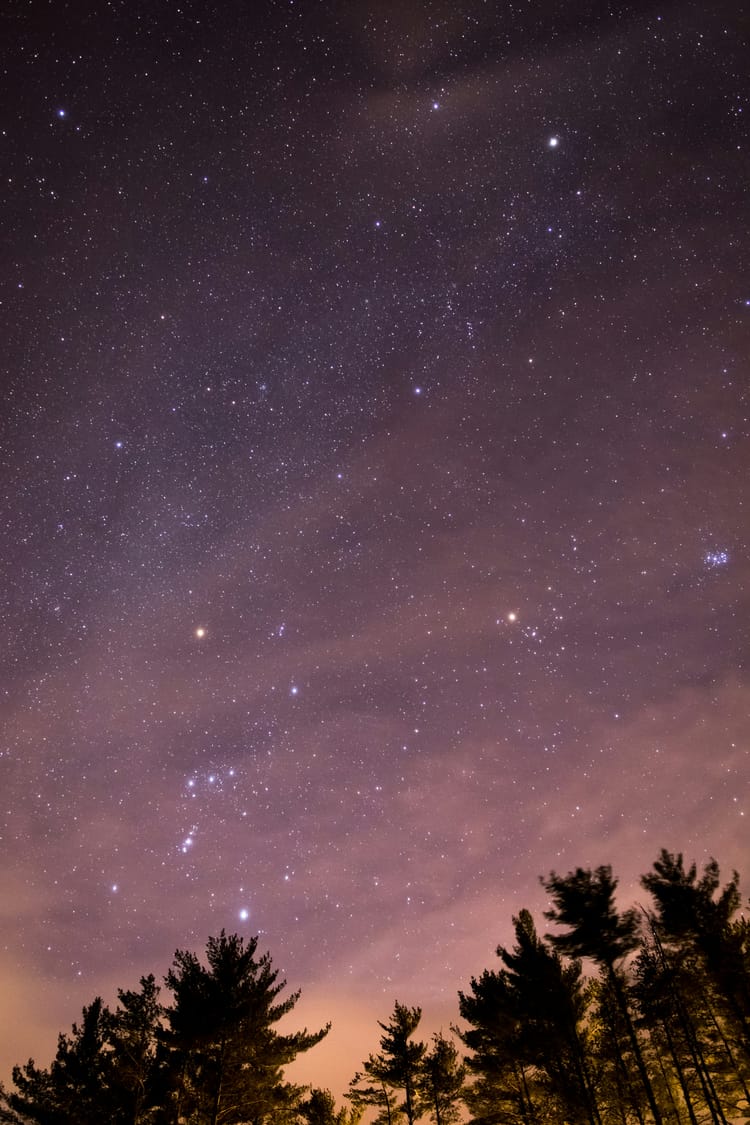
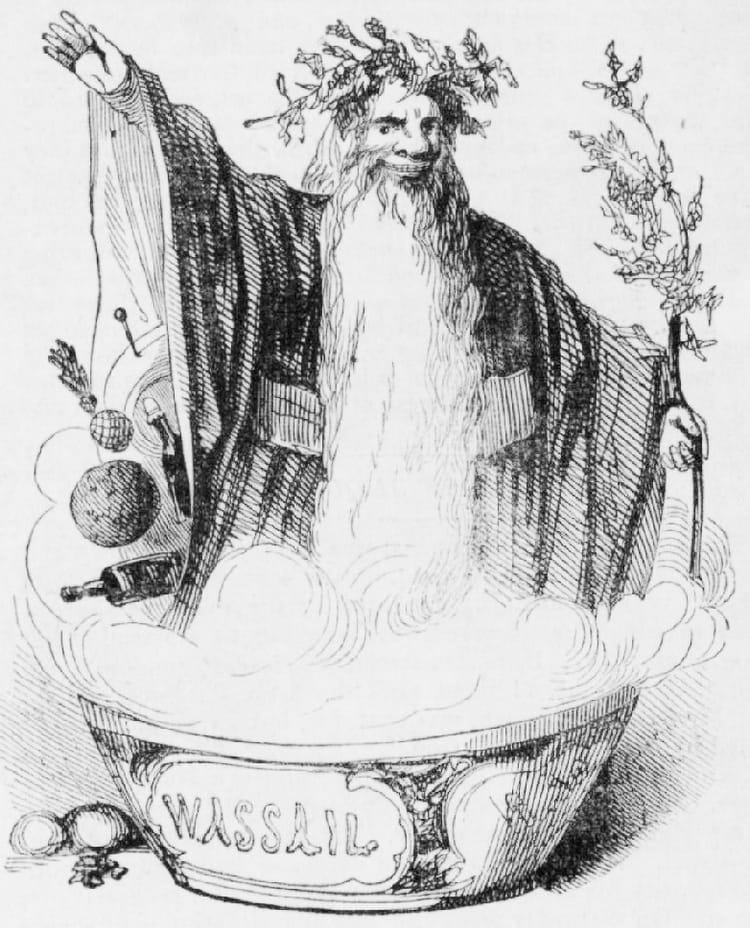

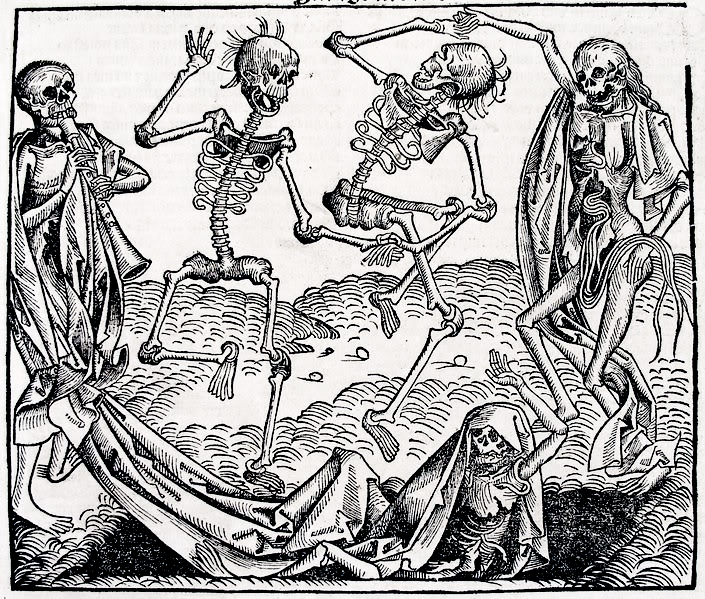
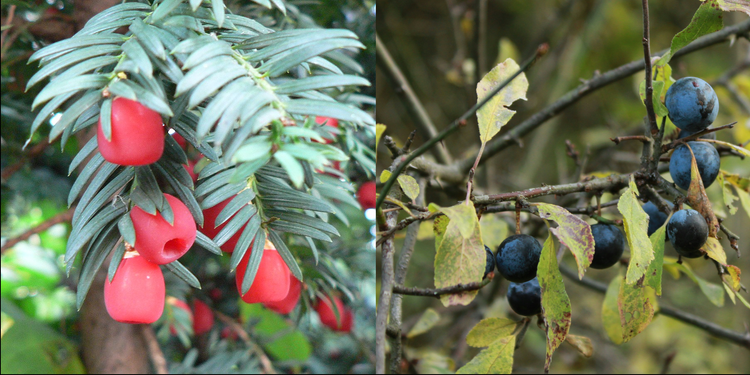
Member discussion